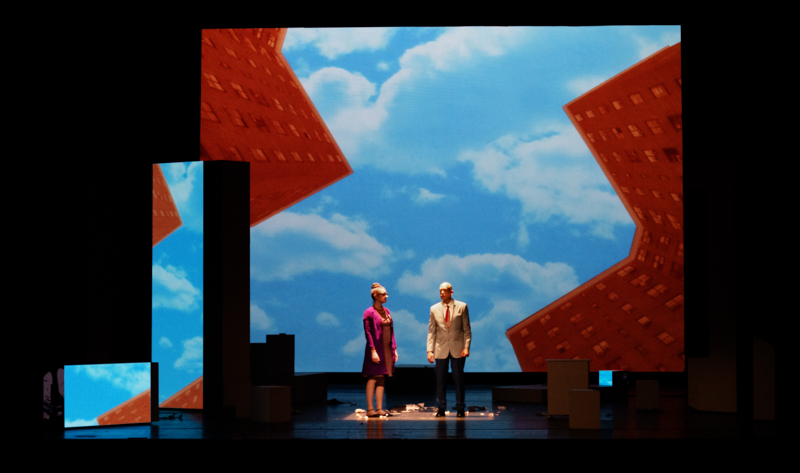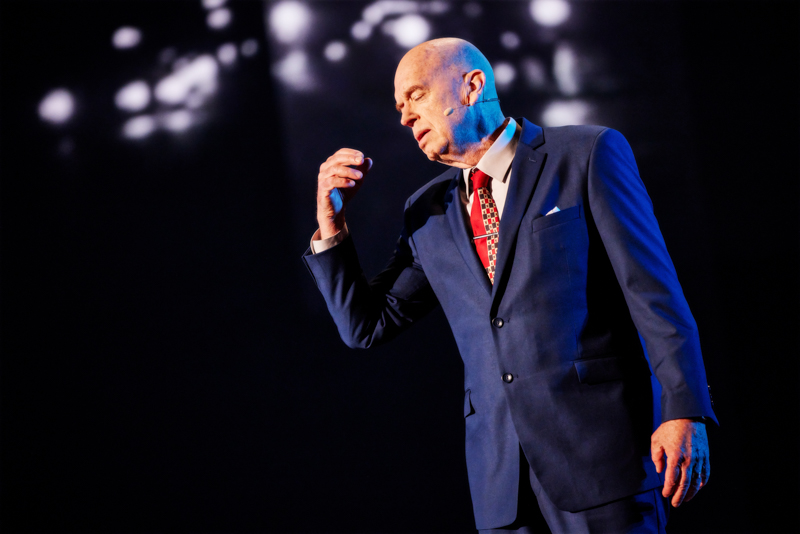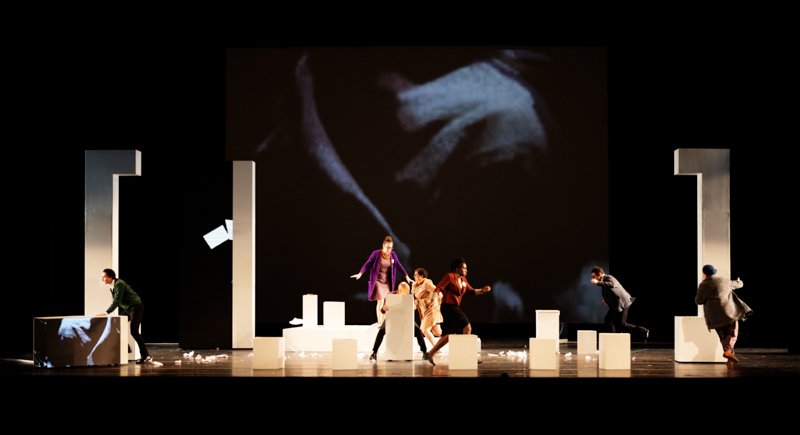former US Poet Laureate Tracy K. Smith,
and visual artist and director Joshua Frankel

Jeremy Daniel
This is a story about New York City, and about cities, in general. It's a story about the people who live in those cities and how the decisions made on their behalf, by those with authority and those who resist that authority, tangibly impact their lives. It's a story about two brilliant, visionary urban theorists, each of whom turned their theory into practice, and in so doing changed the landscape of New York and the field of urbanism forever. And it's a story that continues to this day, in New York City and beyond.

Robert Bloom
Our version of this story is told through the lens of the struggle between Jane Jacobs and Robert Moses over the fate of Washington Square Park and lower Manhattan in the 1960s. When Jacobs's neighborhood was threatened by Moses's highway development plans, she mounted community opposition that successfully halted Moses's actions and weakened his hold on urban policy. That moment of conflict represents the juncture between two approaches to urban planning, personified by the two antagonists, that continue to frame the contemporary development of cities around the world.

Jeremy Daniel
Robert Moses was the most powerful urban planner of the modern era, an unelected official who carved out an untouchable, autocratic fiefdom that he maintained for four decades, financed through tolls collected on roads and bridges he constructed and ruled from an island fortress in the heart of New York. In the interest of creating his vision of utopia, and with the rare means to carry out such a vision, Moses thoroughly transformed the landscape of New York, dismissing local opposition and destroying neighborhoods in order to build the highways, bridges, and tunnels that opened New York to the automobile age, as well as a vast system of parks, beaches, pools and public housing on a scale unprecedented in modern history.

Jeremy Daniel
Jane Jacobs was a journalist and one of history's great autodidacts, upending the field of urban planning and the sociology of cities through writings that were wholly the product of her own studies and experience. From her keen observations of the city she inhabited, she formed a revolutionary understanding of how cities function, and proposed a new approach to urban planning that used this understanding to promote the kinds of behaviors that make cities prosper and thrive. She was dismissive of paternalistic approaches to planning, based on faulty, fanciful assumptions about the needs of urban populations, which she identified as doing more harm than good.

Jeremy Daniel
The ''slums'' that Jacobs prevented Moses from clearing are now some of the world's most expensive real estate. With hindsight, it is nearly impossible to imagine the logic that would have destroyed lower Manhattan, but the same logic was applied to now-forgotten neighborhoods that lacked the twin privileges of wealth and Jane Jacobs, and have languished under Moses's unchecked bridge onramps and highway overpasses—and it is now just as impossible to imagine New York without those bridges and highways. Today, utopian visions of urbanism have returned, and large policy decisions are being made without significant input from those who are most immediately impacted. It is a moment that demands historical memory.

Robert Bloom
Our story is being told as an opera, with Jacobs and Moses in the central roles. But the main character of our opera is New York City itself, represented through a combination of the nameless people who make up the bulk of history, telling its truest stories, and a visual palette of found and designed images, turned into animation and incorporated into a three-dimensional set that will bring the transformations of New York to life. Moses and Jacobs are most relevant not for their personal stories but for their impact on the personal histories of millions of New Yorkers, and it is their story, collectively and as individuals, that looms above the struggle between the famous leads and their immediate circles of elites.
Through a combination of Tracy K Smith's writing, Judd Greenstein's music and Joshua Frankel's direction and animation, the story of New York, of cities, and of the struggle between Jane Jacobs and Robert Moses will be told like never before.

Robert Bloom